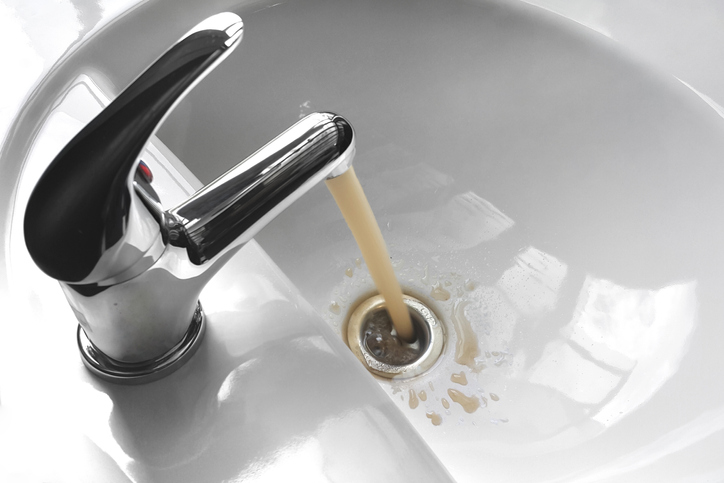Different Types of Water Damage Categories, Explained

Water damage categories: what they mean for cleanup
Knowing the water damage categories helps you decide how to clean and what to discard. Categories reflect contamination level—from clean supply water to severely unsanitary sewage—so they guide safety and disposal choices.
Category 1: clean water
Breaks in supply lines, toilet tanks, or appliance hoses often release clean water. Act quickly: extract, remove wet materials, and dry to prevent mold and category changes.
Category 2: gray water
Laundry, dishwasher, or shower overflows contain soils and detergents. Wear PPE and disinfect after extraction; some porous materials may still require removal.
Category 3: black water
Sewage, river flooding, and long‑standing water are heavily contaminated. Professional containment, removal of porous items, and specialized disinfection are typically necessary.
Choosing the right response
Match the response to the category and the materials affected. For example, saturated drywall, carpet, and pads usually need removal at Category 2 or 3, while non‑porous surfaces can often be cleaned.
Bottom line: Identify the category first, then clean, disinfect, and dry with the appropriate safeguards. Need a hand in LA or Orange County? Contact Plumbing Squad.
Key Takeaways
- Understand the essentials of water damage categories, explained so you can act quickly and avoid damage.
- Use safe, proven methods first; avoid shortcuts that create bigger problems.
- Prevent issues with routine maintenance and timely upgrades.
- Know when to call a professional to save time, money, and stress.
Immediate Actions
- Ensure safety: avoid electrical hazards and contaminated water.
- Stop the source: shut off water or cover openings.
- Begin extraction and drying within 24–48 hours to prevent mold.
Insurance & Documentation
Photograph everything before cleanup, track receipts, and contact your insurer early. Professional mitigation helps validate your claim and reduce secondary damage.
Drying & Restoration
Certified pros use moisture meters, air movers, and dehumidifiers to dry structural materials to target levels, then repair or replace damaged finishes.
FAQs
How can I prevent water damage categories, explained?
Start with routine maintenance: inspections, cleaning, and replacing worn parts before they fail. Address small issues early, use quality fixtures, and follow manufacturer guidelines. A yearly whole‑home check by a pro helps catch problems before they turn into water damage categories, explained.
Can DIY fixes make water damage categories, explained worse?
Yes. Using the wrong chemical, tool, or technique can damage pipes, fixtures, or finishes, and often pushes the problem deeper. Stick to safe methods and call a pro when you hit resistance, smell sewage, or see leaks.
When should I call a professional plumber for water damage categories, explained?
Call right away if there’s active leaking, sewage odors, recurring clogs, no hot water, water stains, or you’ve tried basic steps without success. Emergencies include burst pipes, backflows, and any leak near electrical.
How much does it typically cost to address water damage categories, explained?
Costs vary by scope, materials, access, and location. Expect a basic service call to start around a few hundred dollars, while larger repairs or replacements range higher. After an on‑site assessment, your plumber can provide a firm, written estimate.
Need a Reliable Plumber?
Plumbing Squad handles inspections, repairs, and emergency service with transparent pricing and clean workmanship. Call today or book service to get expert help fast.

